Hey everyone, today I'd like to walk you through my creative process for my podcast, Know it | Don't. My process isn't perfect, by any means, and I'm still trying to find ways to do certain things consistently, but hopefully you can take some things away from this post.
First, I have to get out my equipment. For recording audio, I use a Zoom H6 with two stage microphones that I found in the garage.
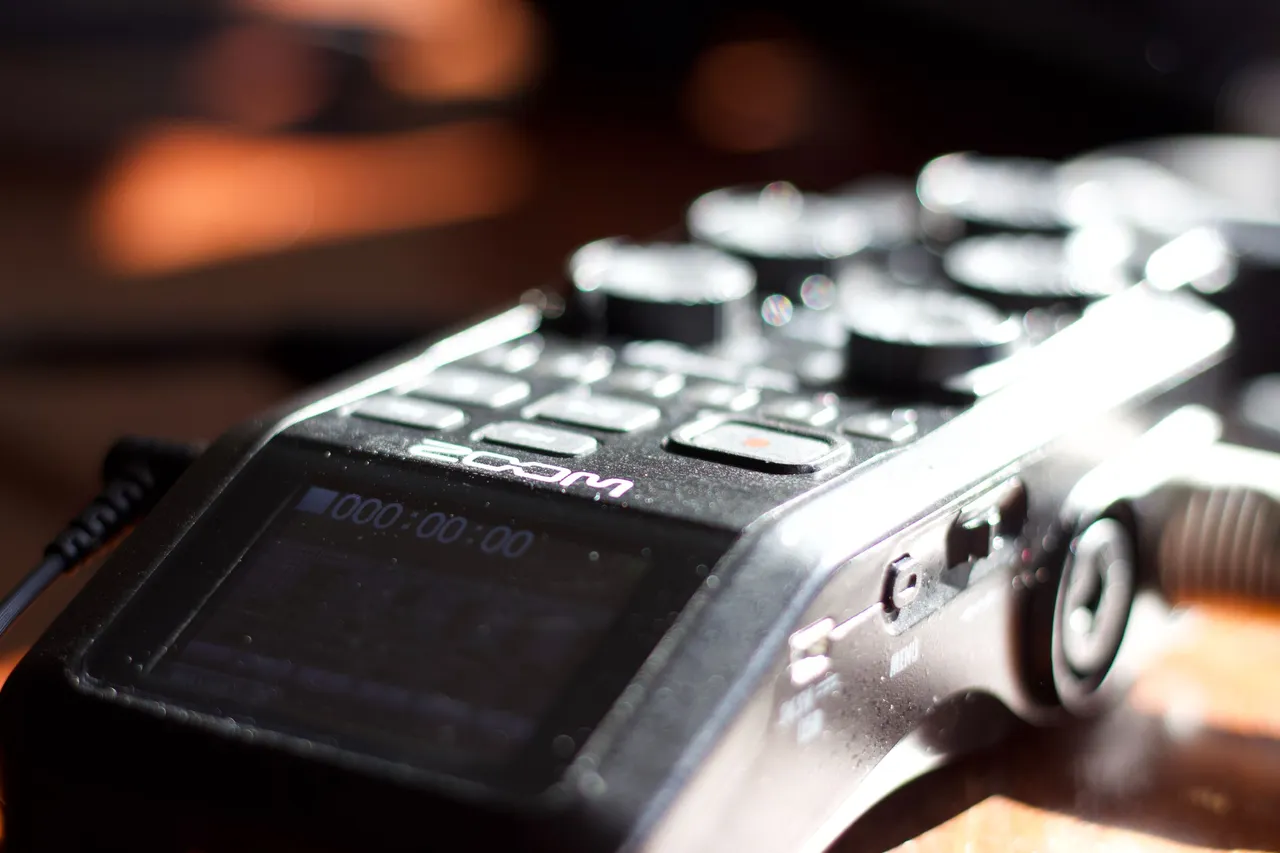

The Zoom allows me to record two channels simultaneously, and to monitor their audio levels independently.
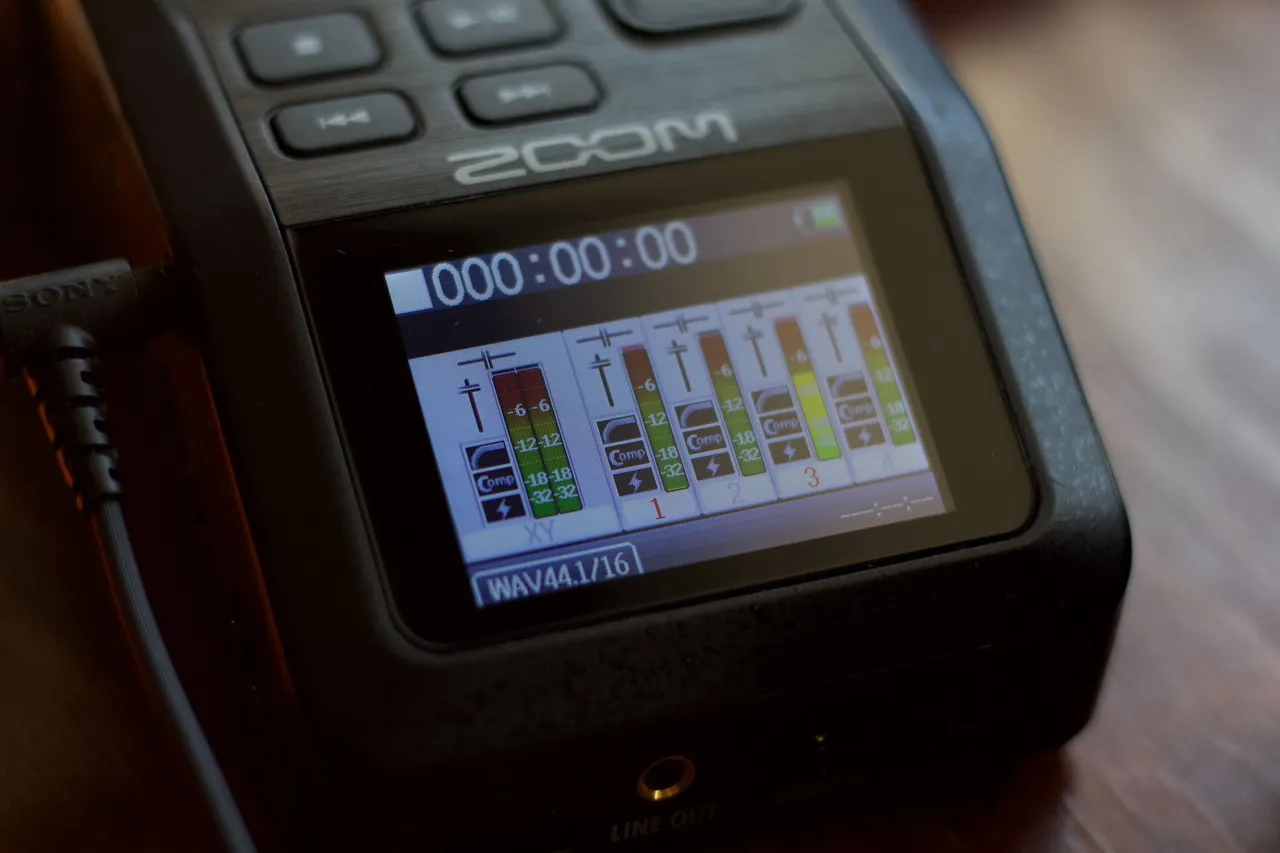
Next, (if I'm filming the podcast) I get out my cameras. For the guest (because it has better video quality) I use a Canon T5i DSLR camera with a 50mm lens. I've had this camera for years, and this lens looks the best with it, so I use this combo any time I can. It does comparably better in low light than my other lenses, but its view isn't very wide.
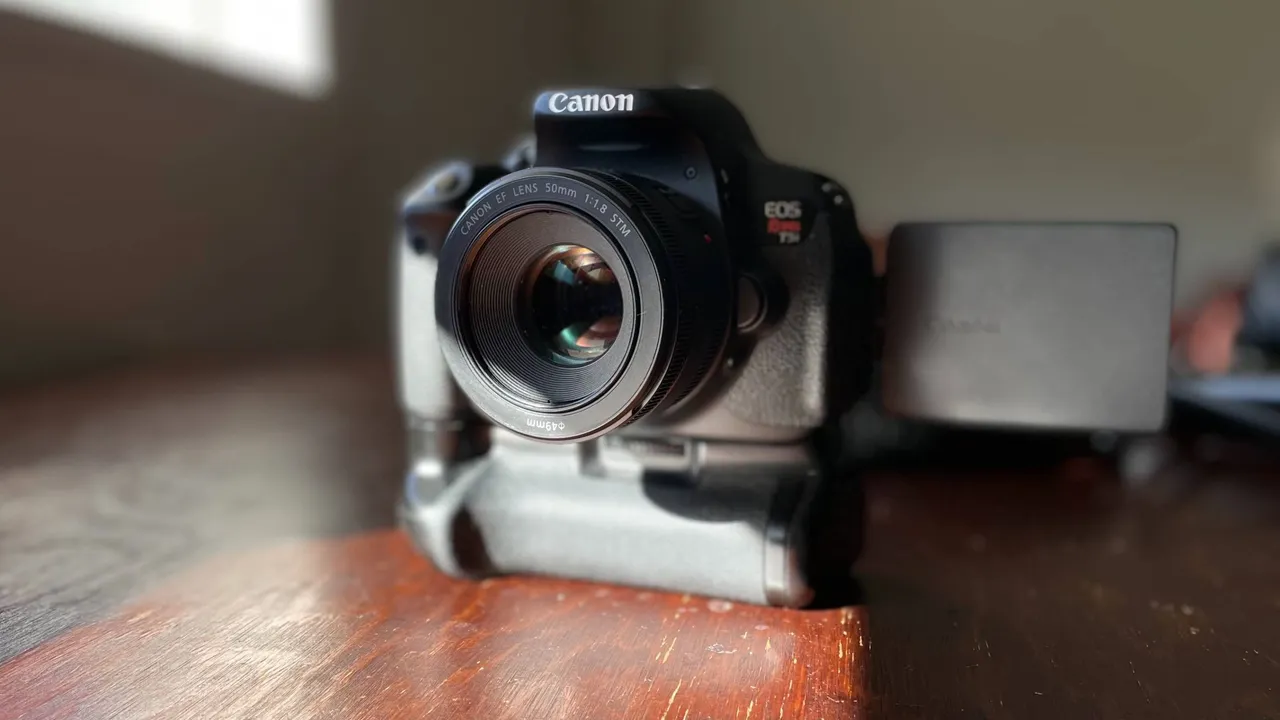
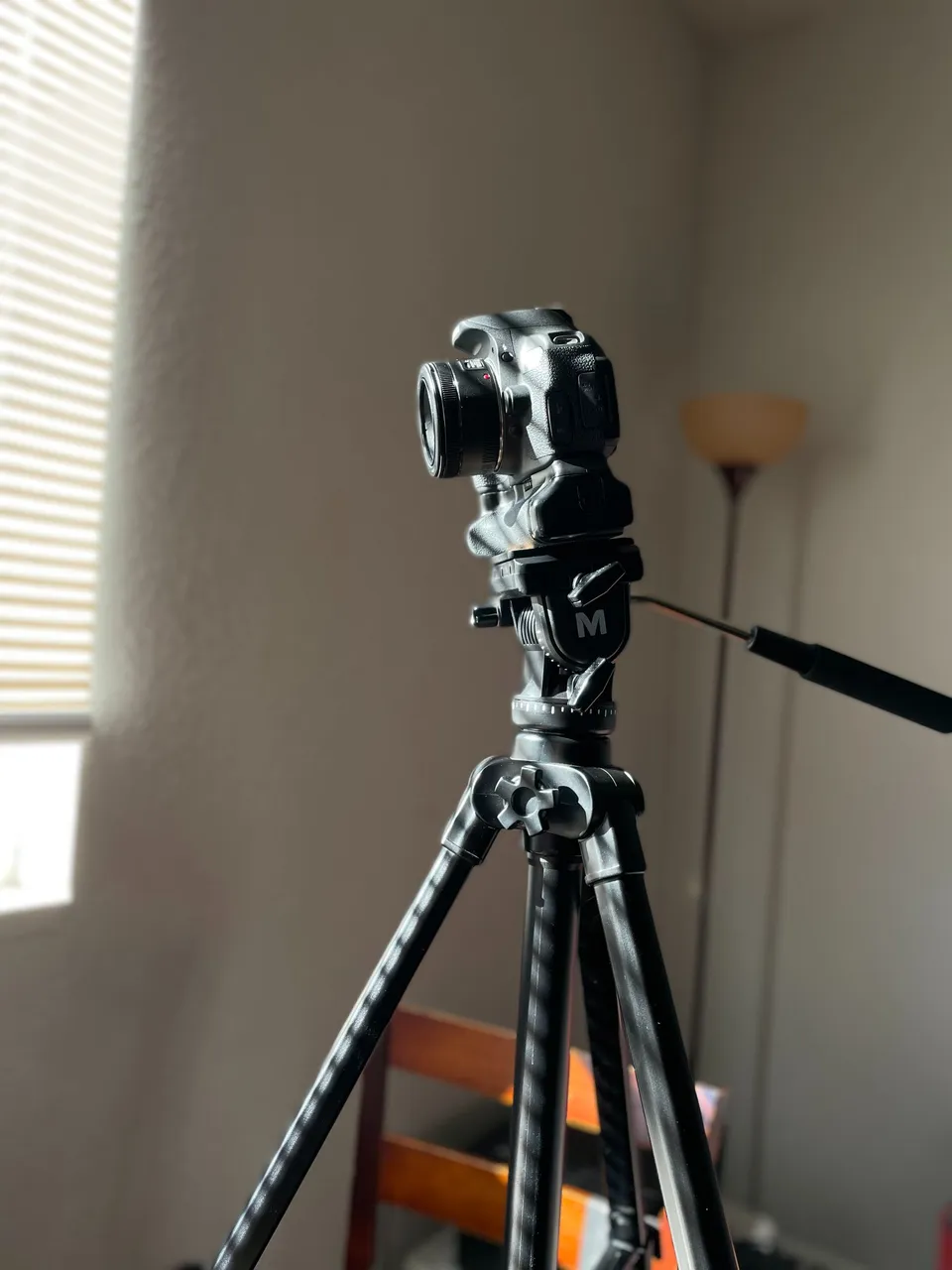
For the camera that faces me, I just have to use my iPhone 12 Mini. It isn't great, but I don't have to cut to me very often, so it works out okay. I don't have a proper mount for it, so I have to jimmy-rig it with some random living room items.
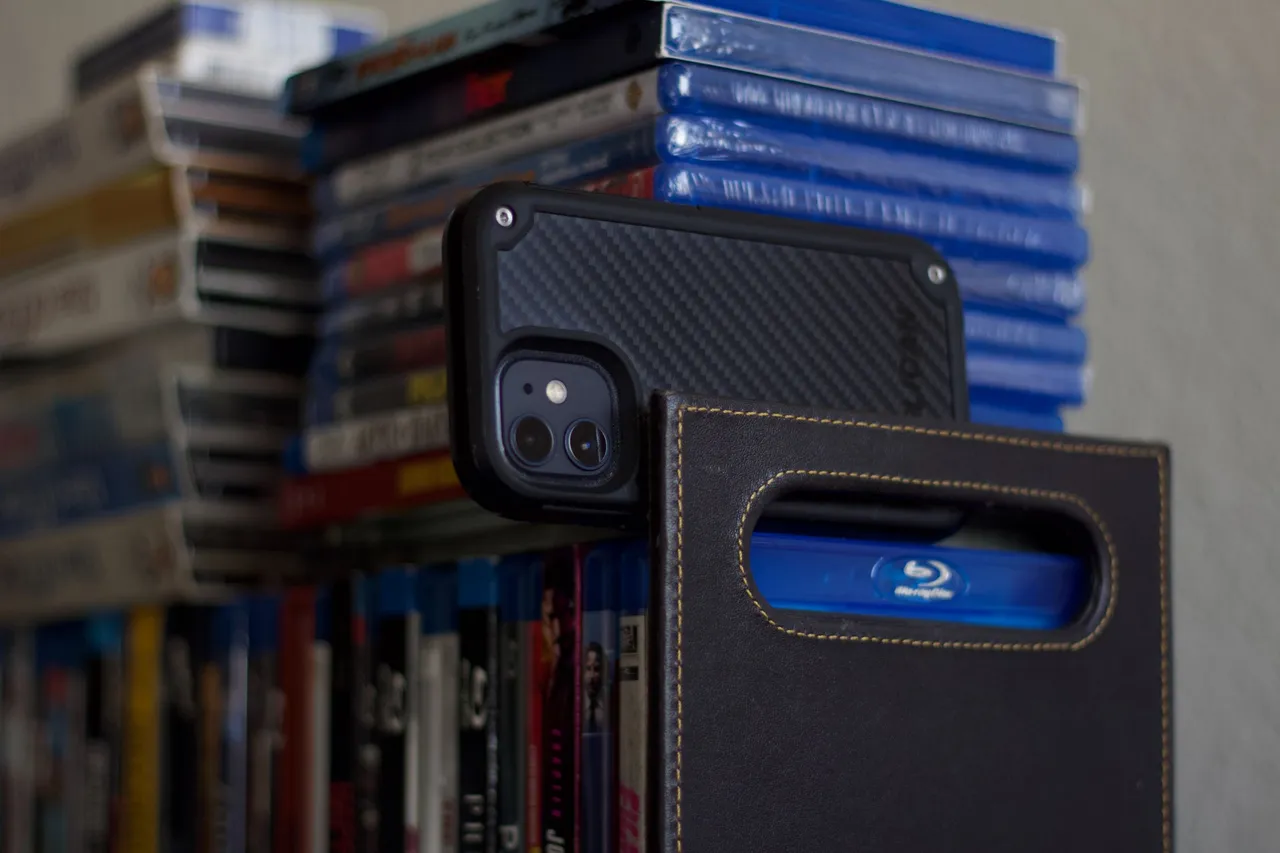
If I feel like adding some visual flair to the video, I may put my lights in the shot. I set them to the colors of my podcast brand and I keep the brightness relatively low so it shows up better on camera.
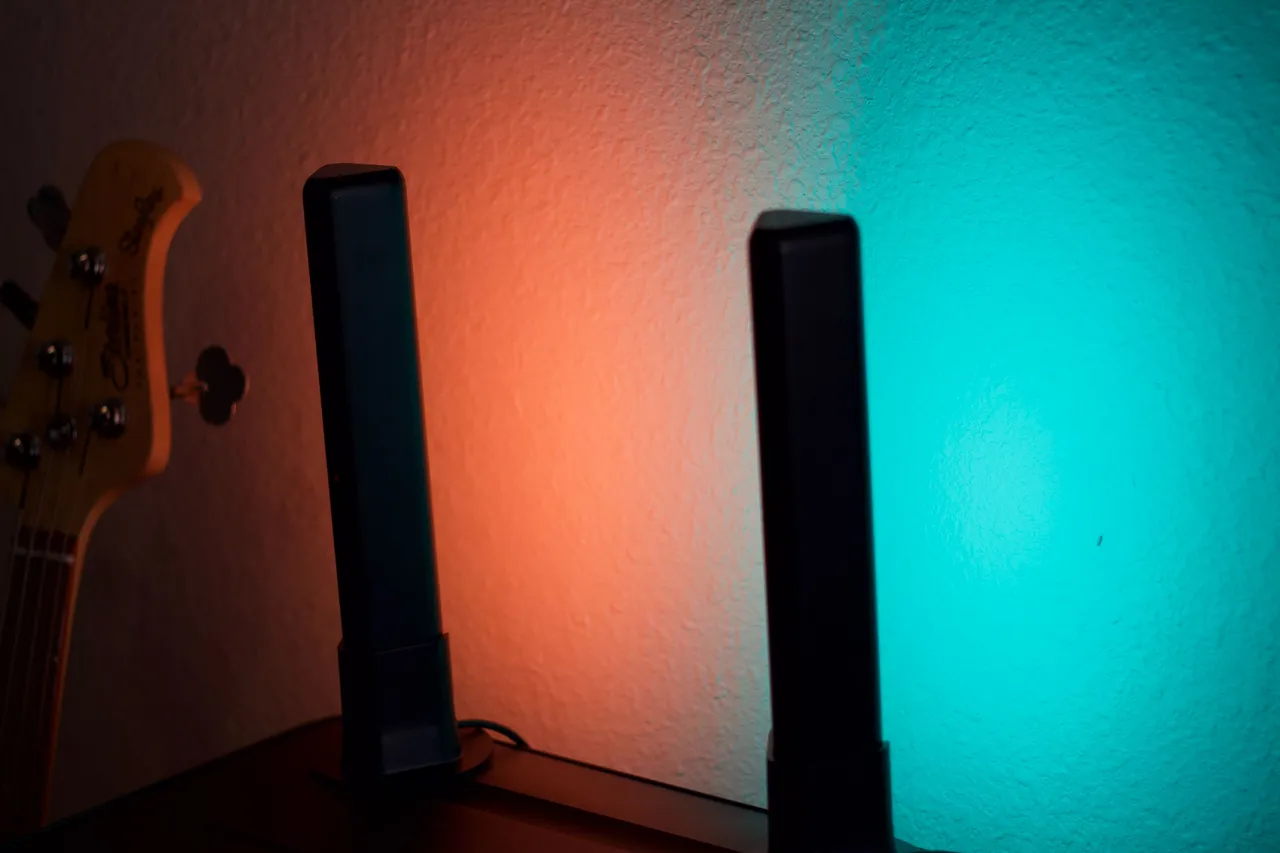
Next, I plug the microphones in, give a good sound check, put on my Sony headphones, and record the conversation.
Note: At the start of the recording, it's helpful to do a clap with your hands in front of both cameras. The clap creates an audio peak that is easy to identify, and when you can see the clap on camera you can time the action with the sound.

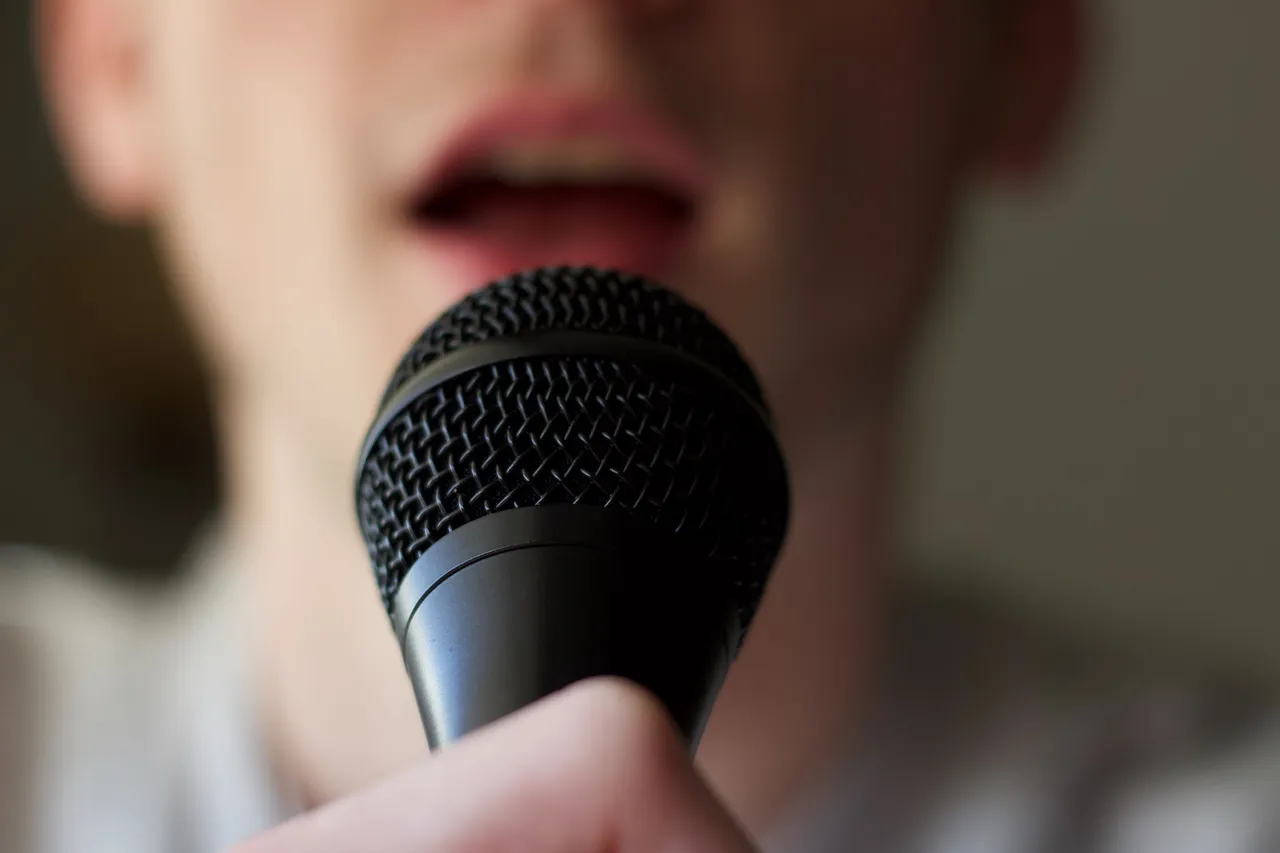
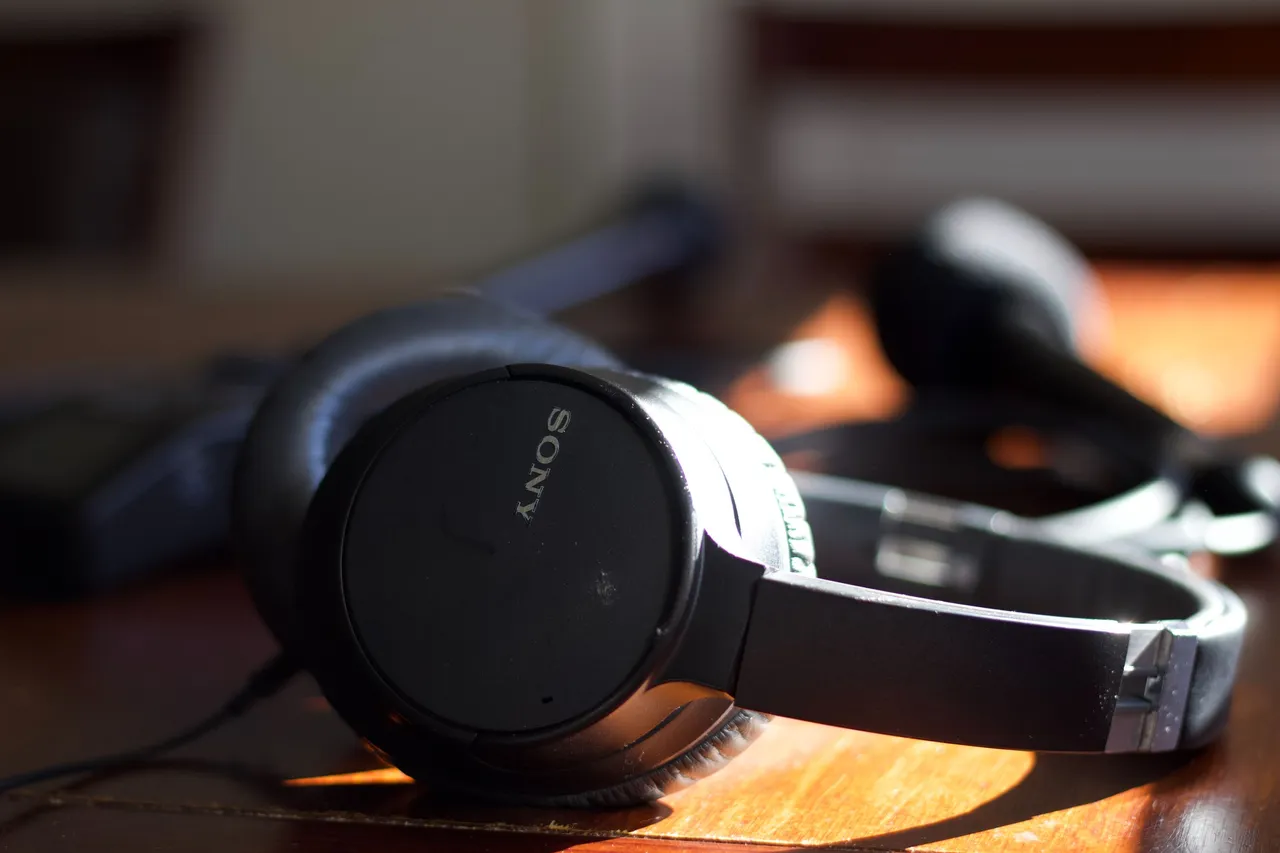
For my show, I like to let the guest talk as much as possible. I bring people on that know a lot about subjects about which I know nothing, so I genuinely enjoy listening to them and asking them questions. I try and let the conversation ebb and flow, and go wherever it wants. I really don't go in with any set questions or subjects, and I just try to let things be relaxed.
After the chat, it's time to edit. The big key here is good file management. It will seriously save you so much time if you just label everything in advance. I have two SD cards, one labeled "Audio" and one labeled "Video." Any file that is written on these cards is immediately transferred to a corresponding folder on my computer, and then promptly deleted off the card. Nothing is worse than trying to use an SD card and finding it full.
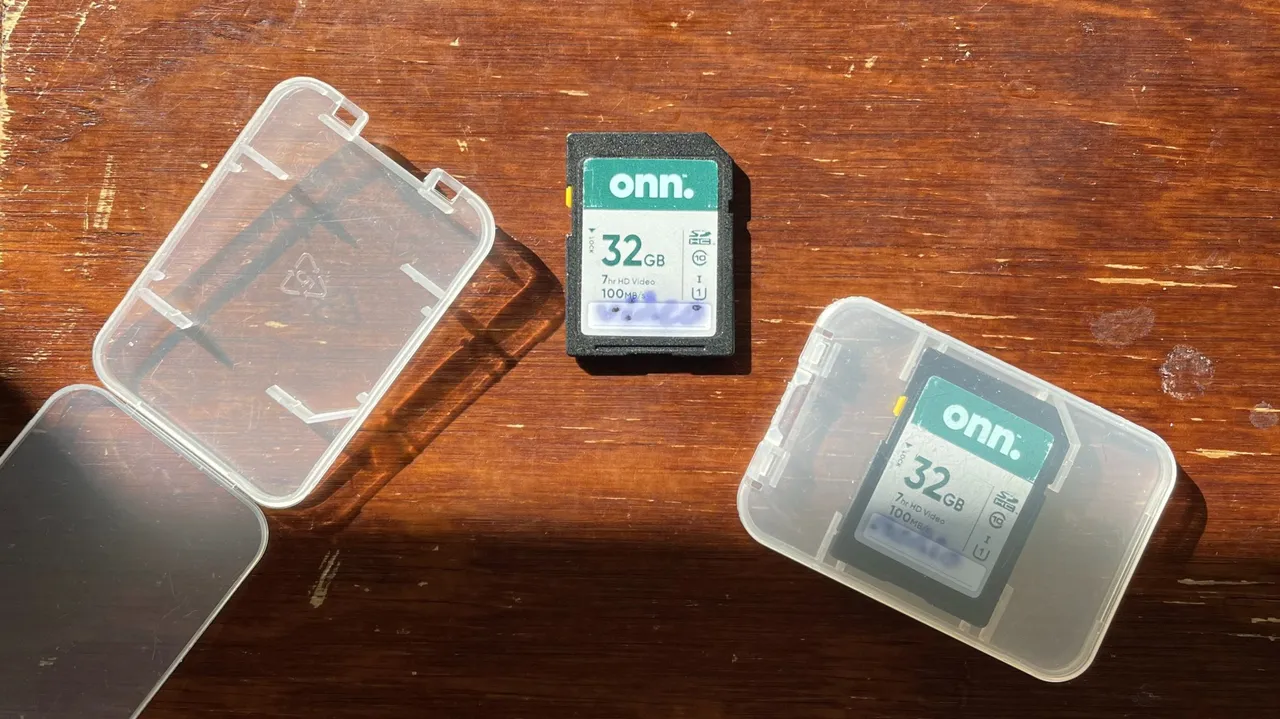

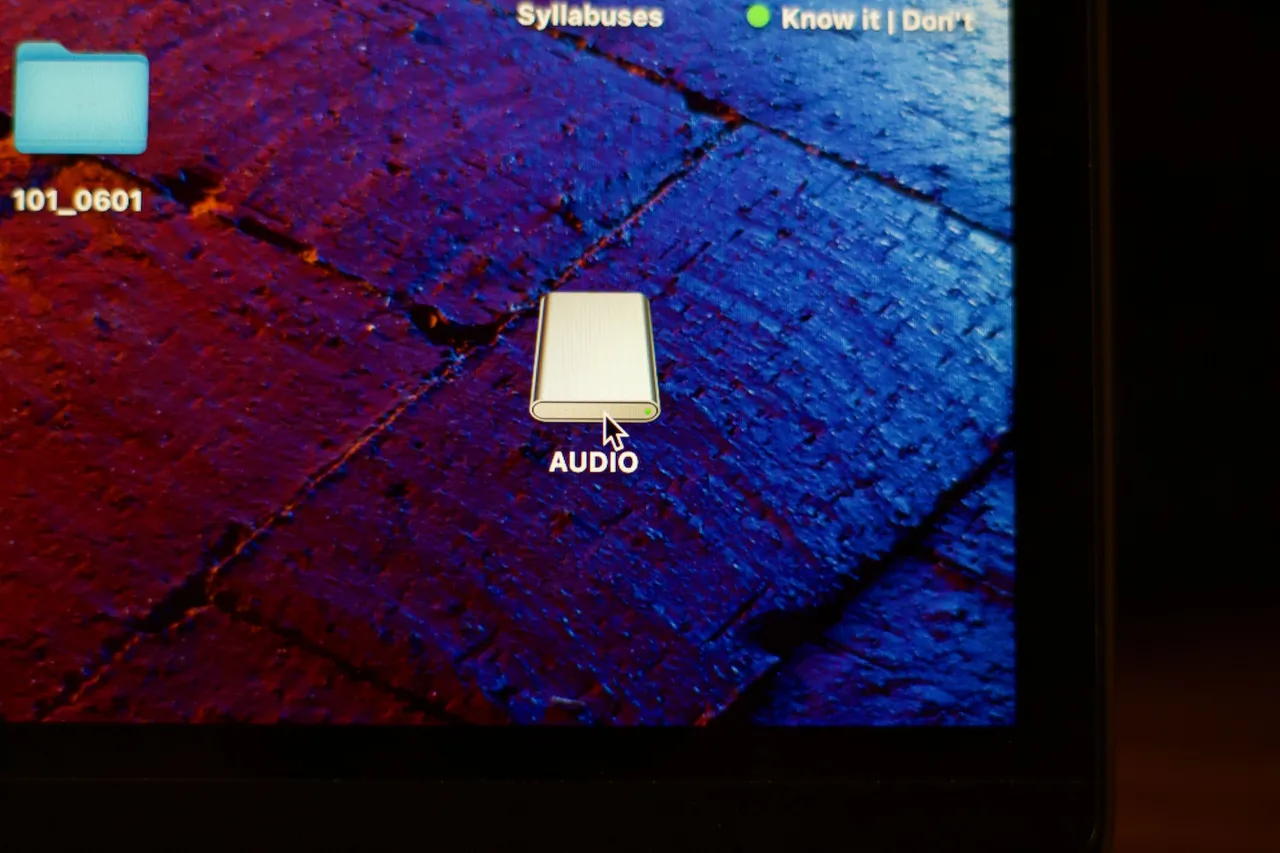
I create a folder for each guest's corresponding audio so I can quickly find it later. I also have separate folders for the videos.
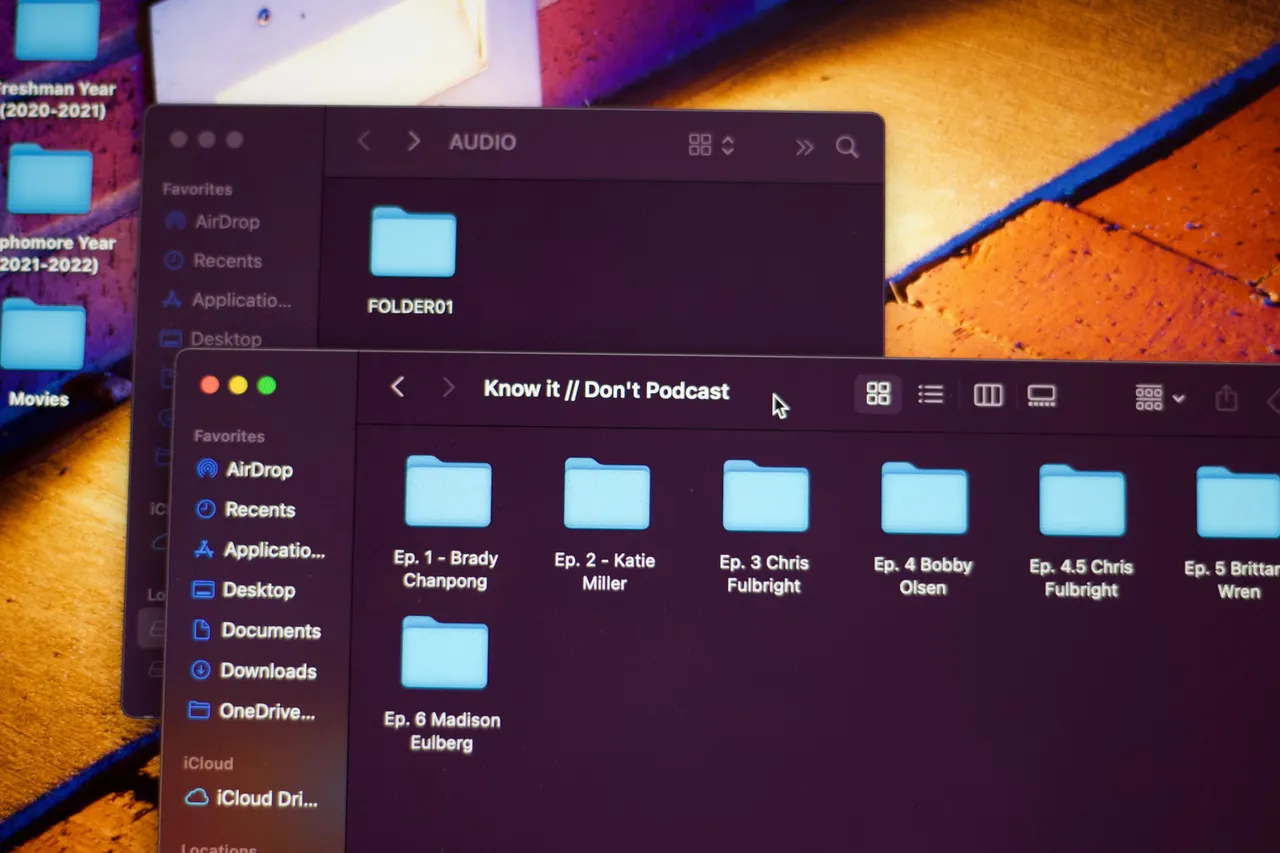
I currently have a dual monitor setup, using my 2021 M1 MacBook Air and a computer monitor I found in the garage. It's completely unnecessary, but it helps me see more things at once. To edit, I use Da Vinci Resolve, which is a free editing software. It does basically everything you need, but it doesn't incur a high monthly cost (looking at you, Adobe).
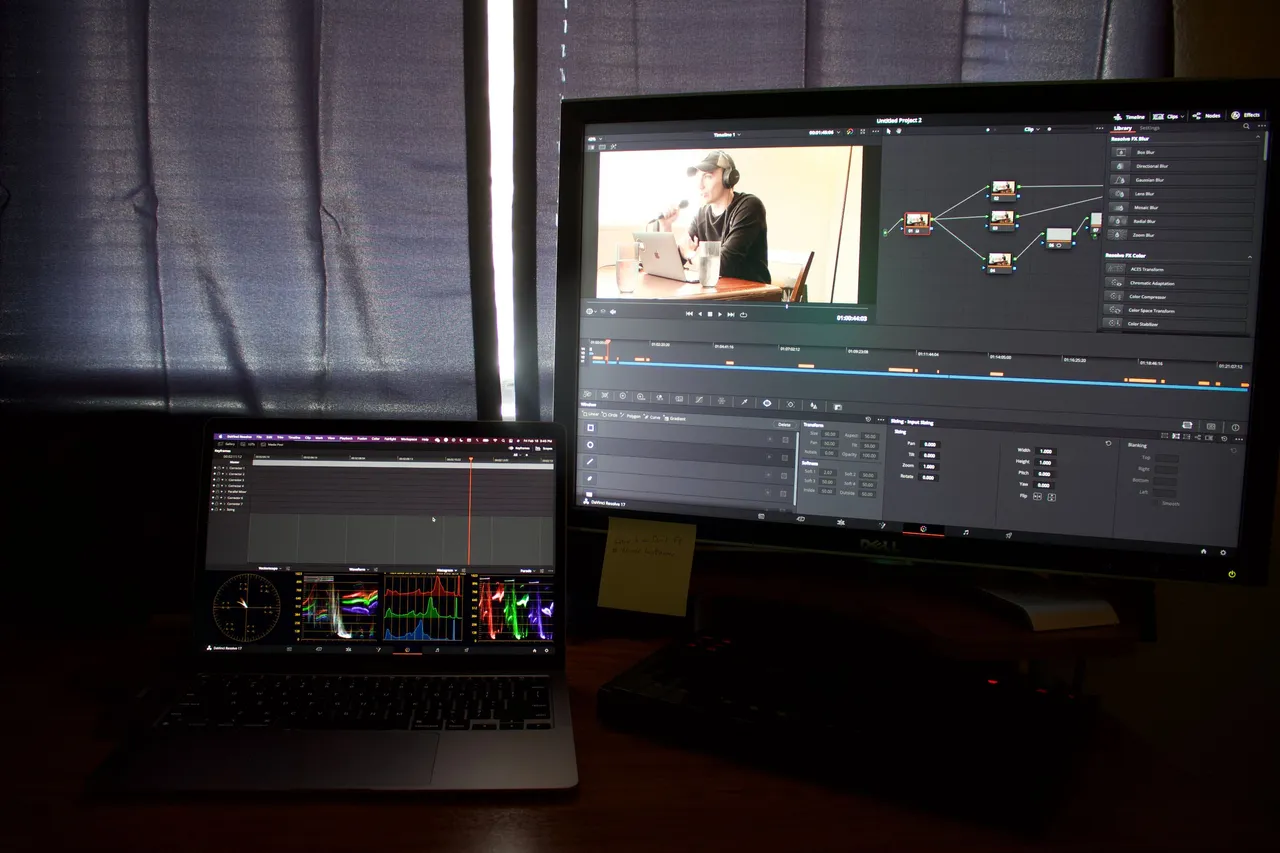
Pull the footage and audio in (located easily due to responsible file management) and sync them all up (using the handy clap from earlier). Generally, the only thing I have to cut out is the beginning and the end, because I try to let it feel like an unfiltered conversation.
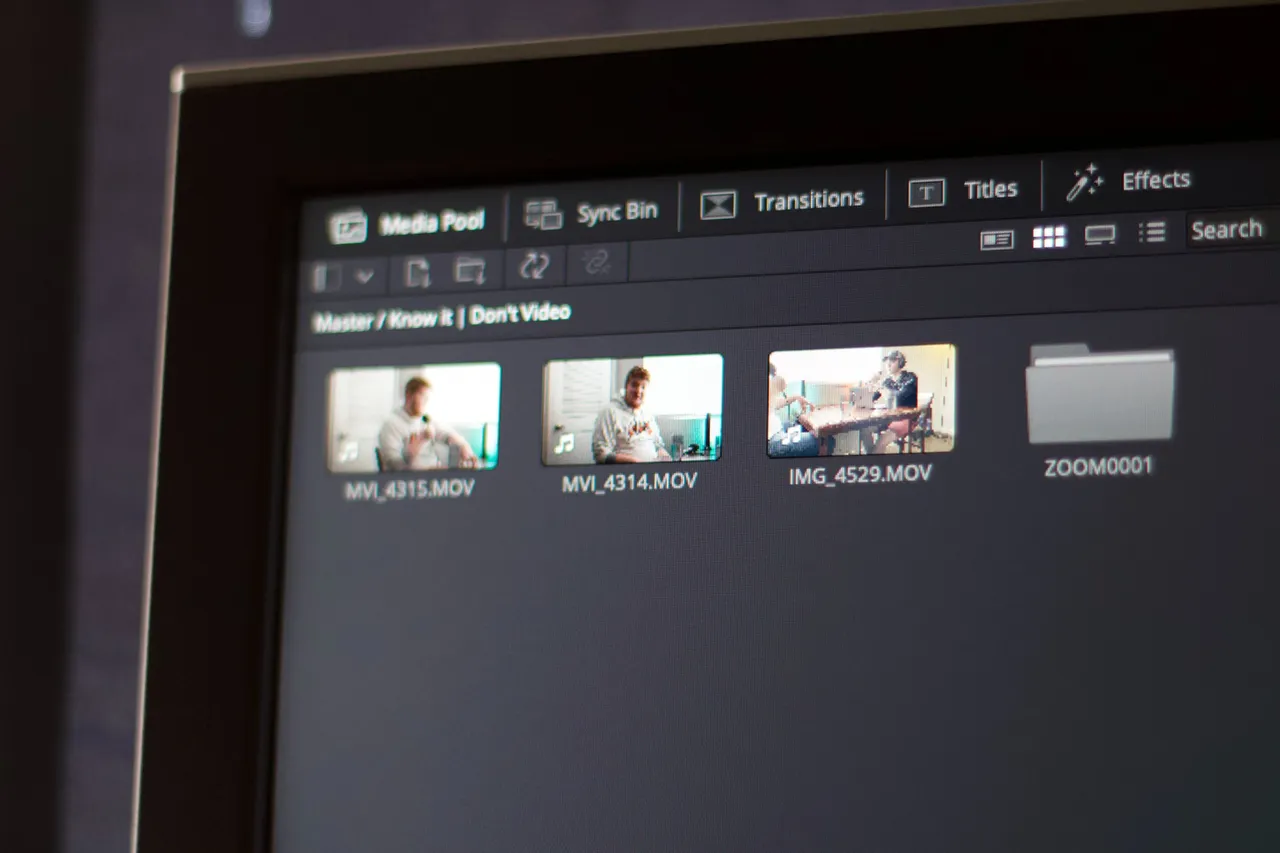
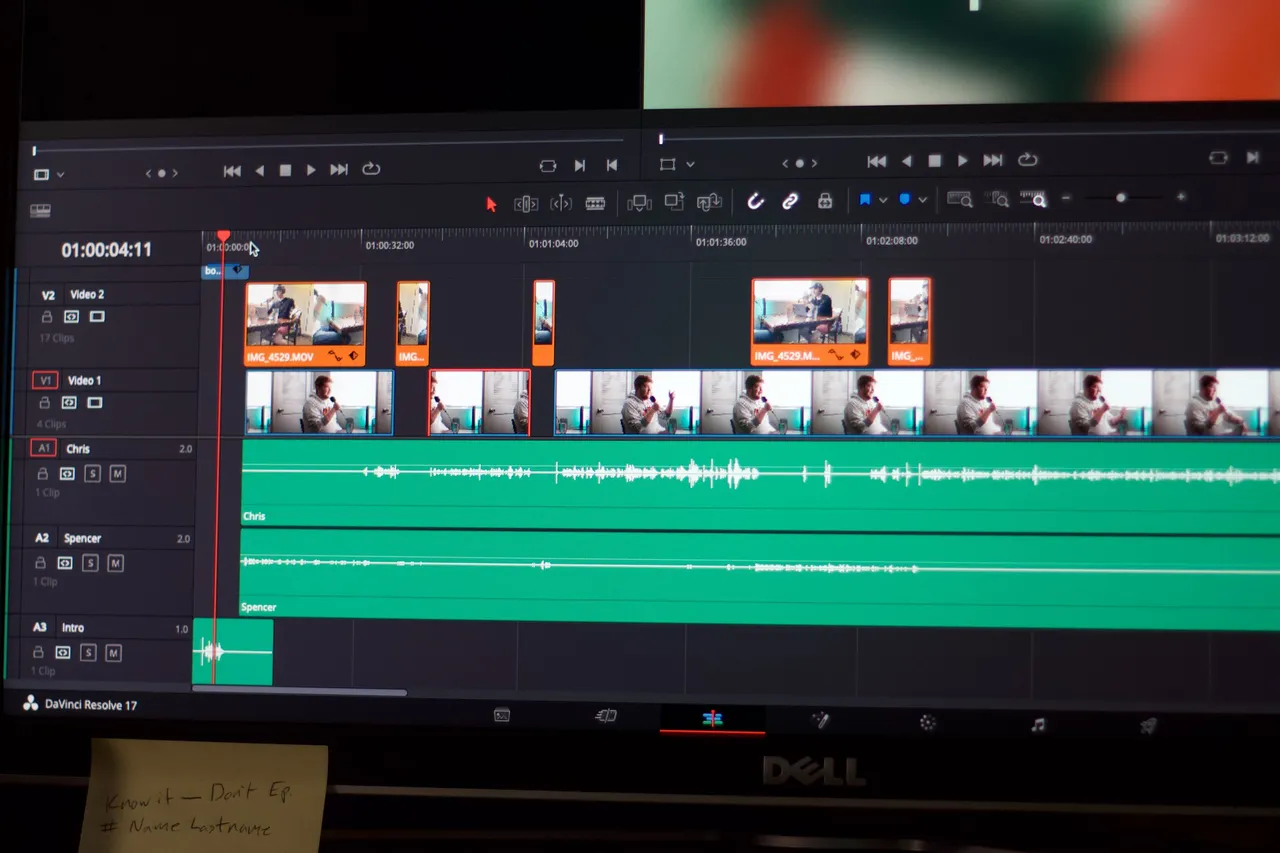
Once everything is synced and sorted, I make sure the audio is all level and (if the footage looks a bit lackluster) do some light color correction.
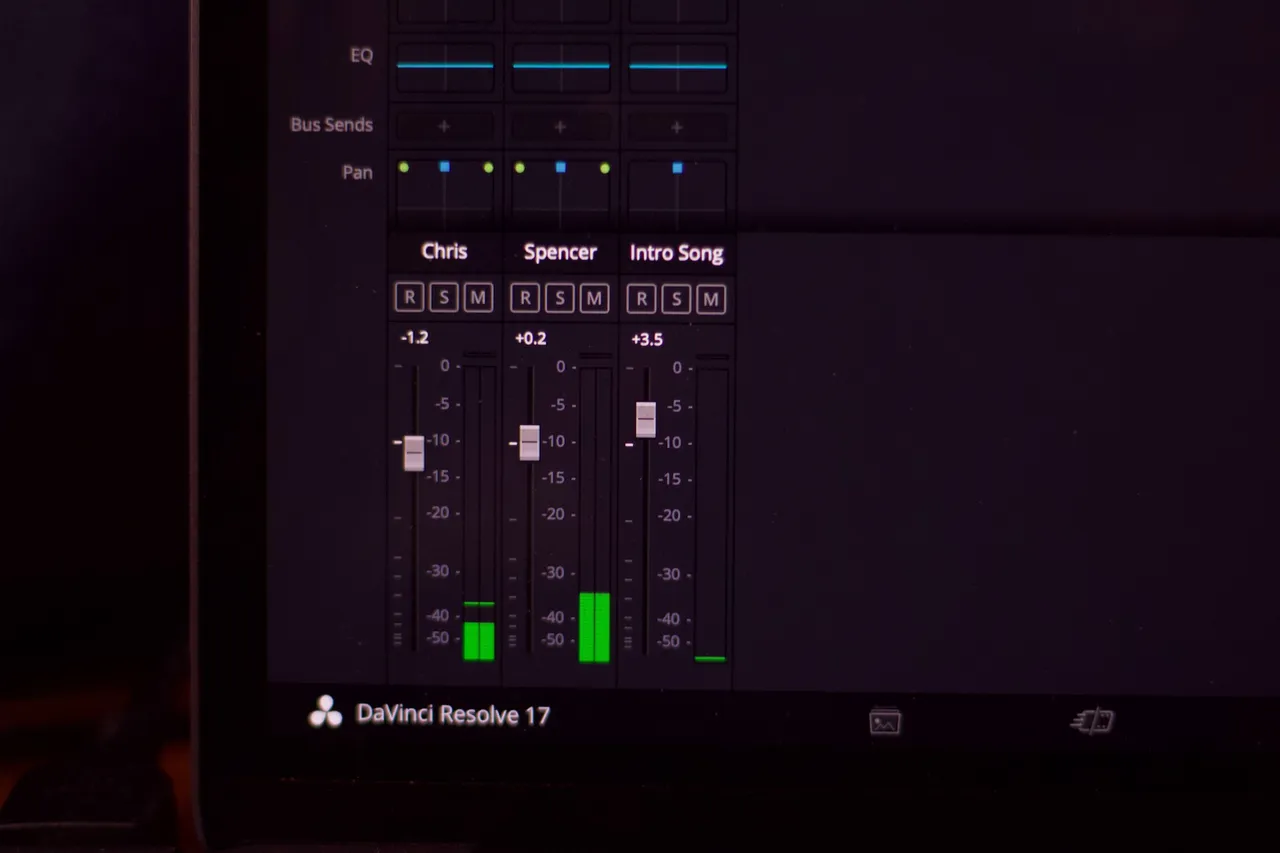
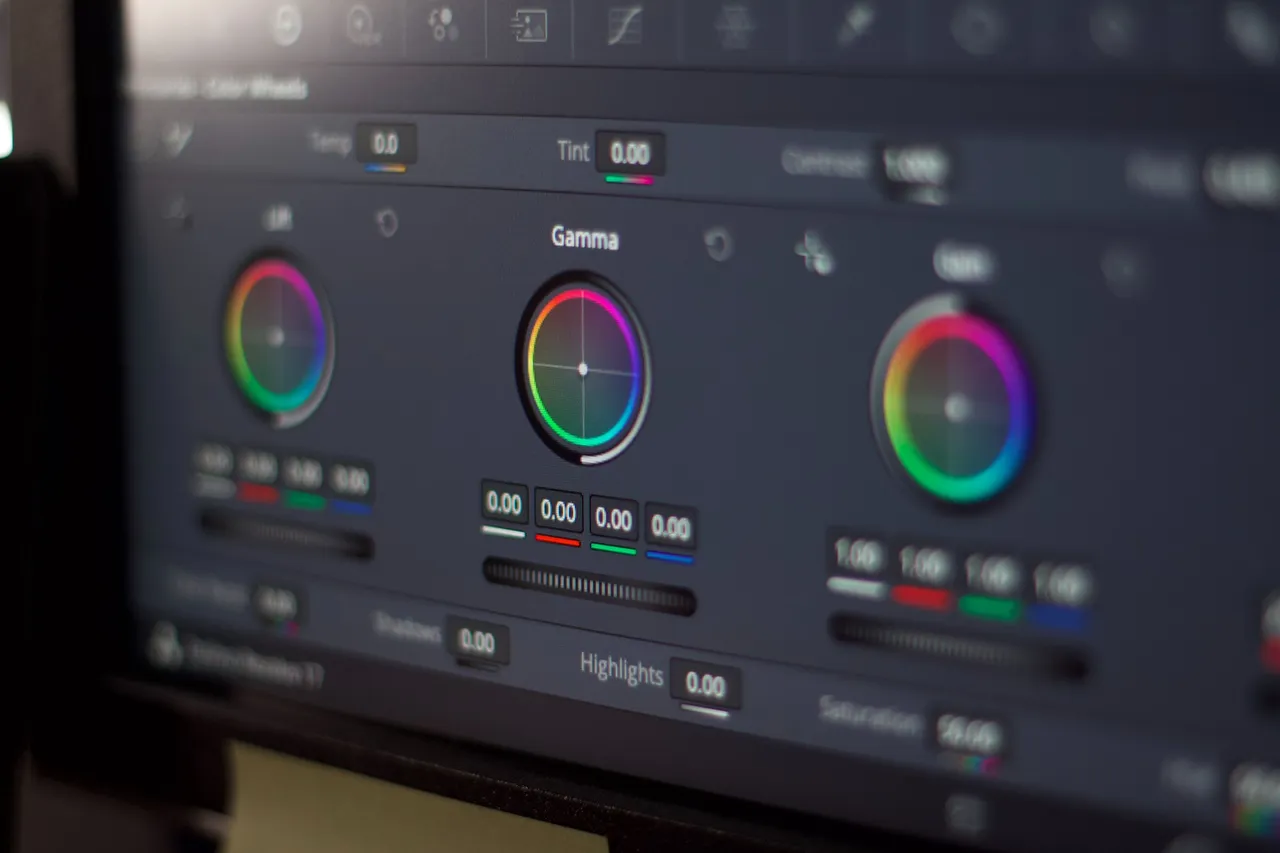
Once everything is ready to go, I just export it and send it to a folder with all the other episodes (again, I can't stress it enough, good file management). Depending on what I've done to the episode in post production, I've had episodes render in 10 minutes and some render in 110 minutes, so allow yourself plenty of exporting time.
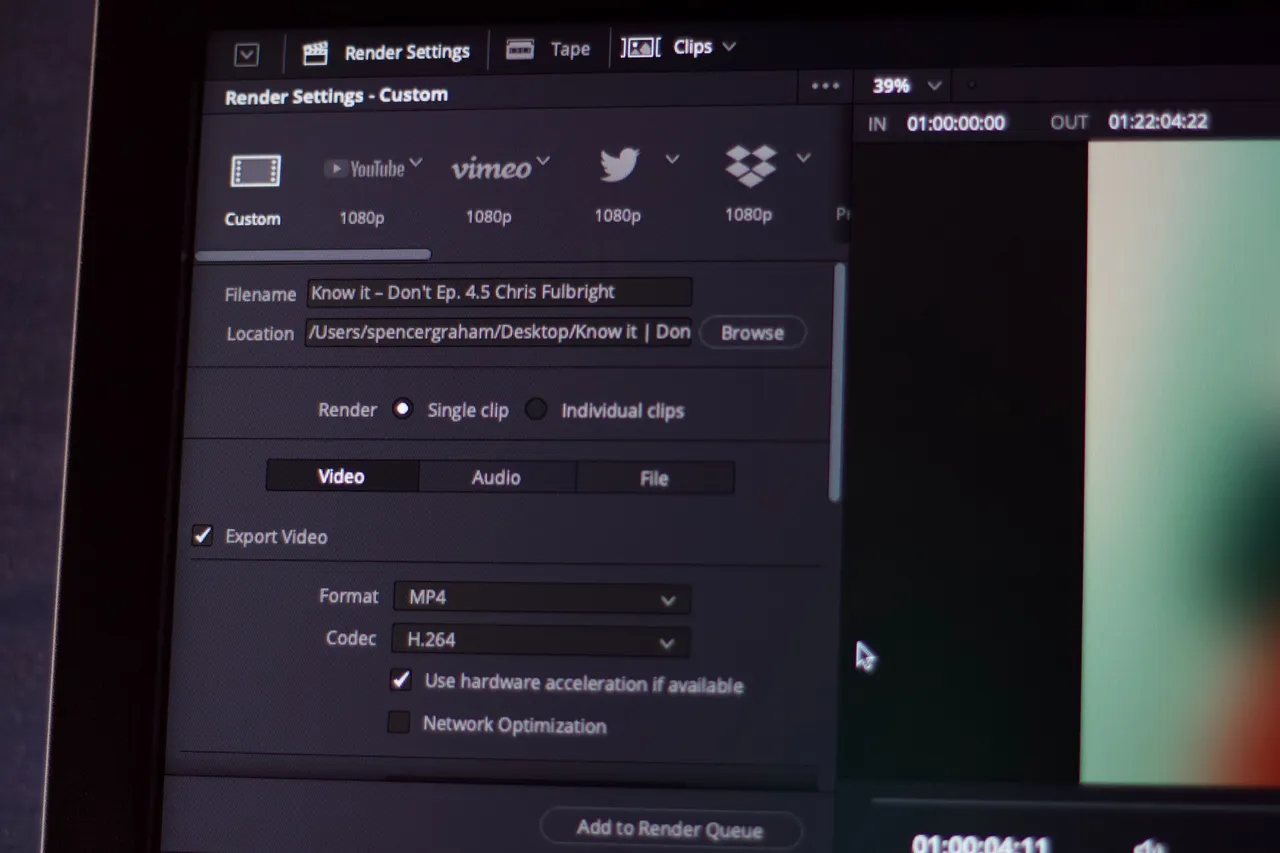
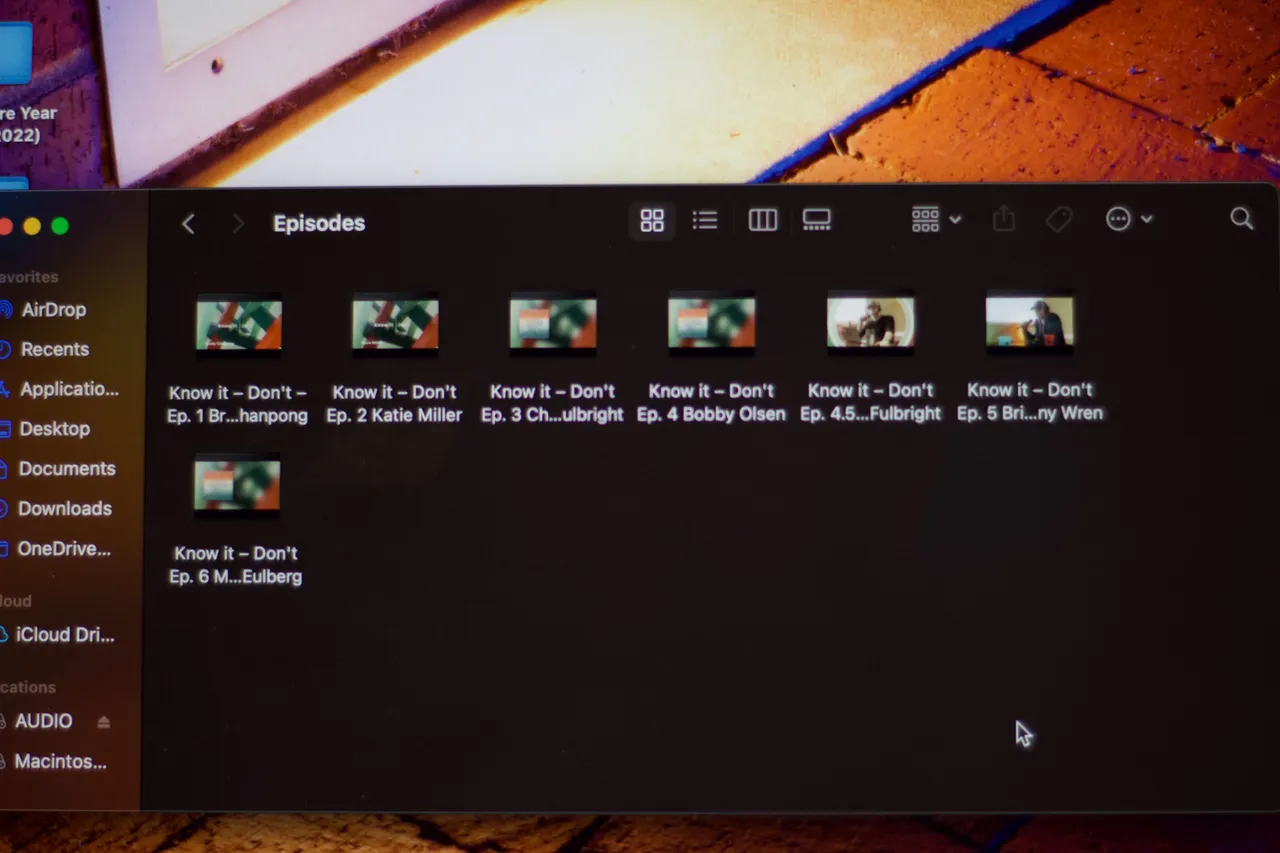
But yeah, that's about it. Just upload your podcast wherever you choose to do so.
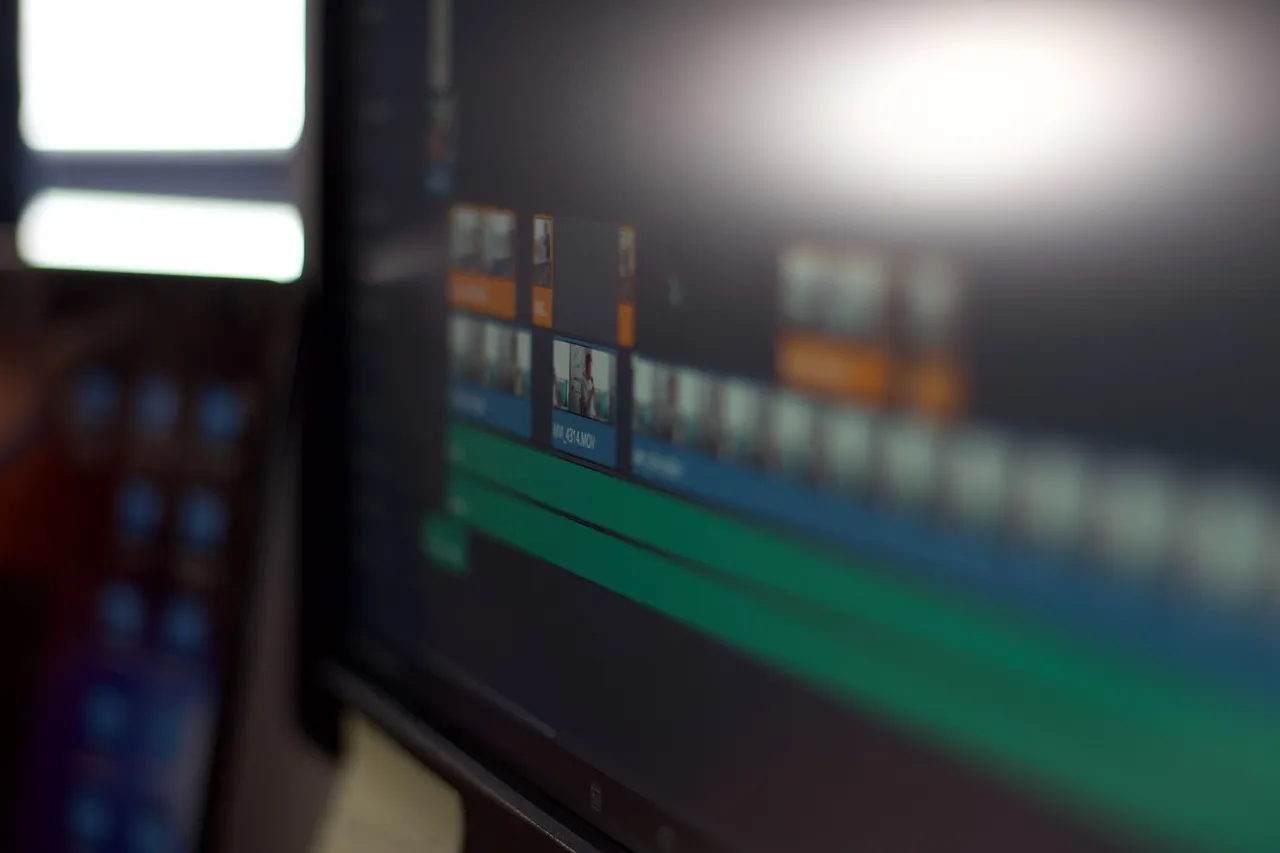
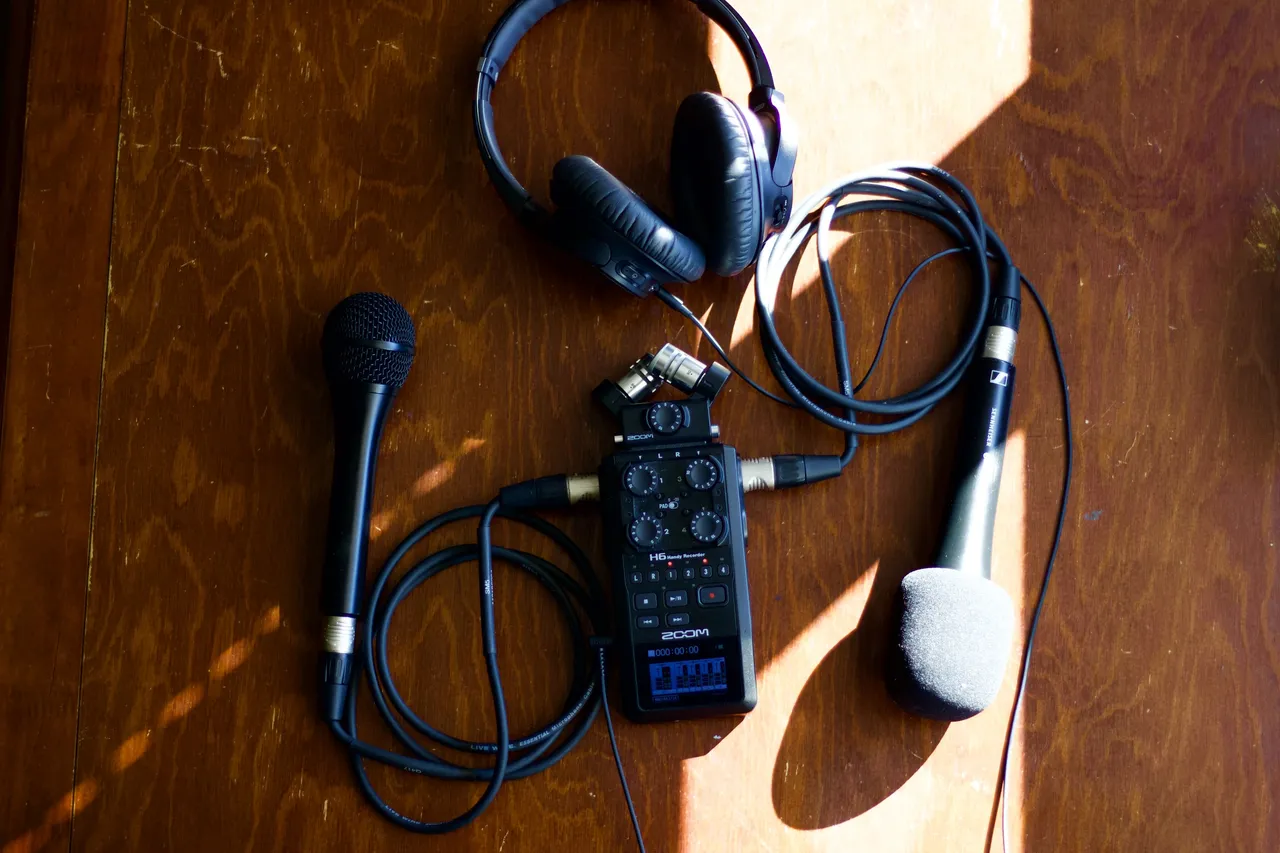
If you made it this far, even just looking at the pictures, thanks for reading. I hope you learned something about the creative process, and maybe I inspired you to go make something yourself. I know it looks like I have some fancy gear, but it's honestly nothing special. I already had the computer, the editing software is free, any old stage microphone will do (or just use the voice notes app on your phone), and video is optional. The bottom line can be this: just communicate your message however you can. Don't let anything stop you. You got this.
If you want to see the fruits of this labor, I currently have episodes 1–4 and 6 up on my YouTube channel, linked below, and episodes 1–5 have been uploaded to 3Speak.tv.
Know It | Don't Youtube: https://www.youtube.com/channel/UCh3nHaAteuMYbqz8ZGOuW_w
My profile on 3Speak:
https://3speak.tv/user/sgraham2040